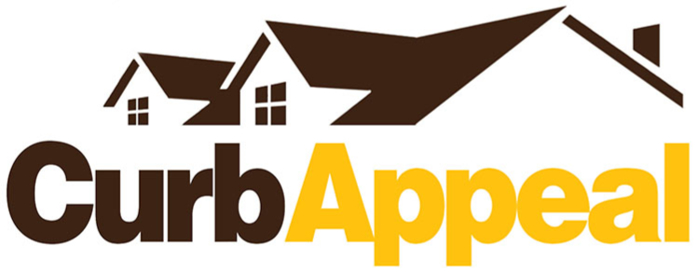Photo: © Deyan Georgiev - AdobeStock
 After dropping slightly in June, existing-home sales climbed in July to 5.42 million, as reported by the National Association of Realtors (NAR). Every region of the country—with the exception of the Northeast—experienced sales gains. According to Lawrence Yun, chief economist for NAR, "Falling mortgage rates are improving housing affordability and nudging buyers into the market."
After dropping slightly in June, existing-home sales climbed in July to 5.42 million, as reported by the National Association of Realtors (NAR). Every region of the country—with the exception of the Northeast—experienced sales gains. According to Lawrence Yun, chief economist for NAR, "Falling mortgage rates are improving housing affordability and nudging buyers into the market."
Shrinking Supply
Yet the gains in existing-home sales might have been even more impressive had it not been for the housing market's continuing inventory woes. Total inventory fell at the end of July to 1.89 million existing-homes available for sale, down from 1.92 million both a month ago and a year ago. At the current sales pace, housing inventory will last only 4.2 months; there was a 4.4-month supply and a 4.3-month supply a month ago and a year ago, respectively. Of all the homes sold in July, 51% were on the market for less than a month. The average time a home spent on the market was 29 days, up from 27 days in both June and July 2018. According to Yun, an increase in new home construction is necessary to improve the housing stock. "Some new apartments could be converted into condominiums, thereby helping with the supply, especially in light of new federal rules permitting a wider use of Federal Housing Administration (FHA) mortgages to buy condo properties."
High Price Impact
The lack of inventory, especially on the lower end of the market, is leading to higher home prices. For the past 89 months in a row, home prices have increased. July's median existing-home price climbed 4.3% from June. Unfortunately, one group in particular is being impacted by the supply shortage and resulting price increases on affordable homes: first-time buyers often purchase homes priced at the lower end of the market, but this group accounted for only 32% of all home purchases in July, down from 35% in June and unchanged from July 2018. According to NAR's 2018 Profile of Home Buyers and Sellers, first-time buyers represented only 33% of the home buying public in 2018.
Confident in the Economy?
Consumer confidence is important to home buyers. According to Yun, "Home buying is a serious long-term decision, and current low, or even lower, future mortgage rates may not, in themselves, meaningfully boost sales unless accompanied by improved consumer confidence." Home buyers will be looking to the nation's economic outlook when deciding to purchase a home in the next few years.
Regional Breakdown
-
Northeast - Existing-home sales annual rate of 660,000; a decrease of 2.9% from June 2019 and 4.3% from July 2018. Median home prices decreased 1% from July 2018.
-
Midwest - Existing-home sales annual rate of 1.27 million; an increase of 1.6% from June 2019 and 0.8% from July 2018. Median home prices increased 8.1% from July 2018.
-
South - Existing-home sales annual rate of 2.31 million; an increase of 1.8% from June 2019 and 2.7% from July 2018. Median home prices increased 5.2% from July 2018.
-
West - Existing-home sales annual rate of 1.18 million; an increase of 8.3% from June 2019 and a decrease of 0.8% from July 2018. Median home price increased 3.7% from July 2018.










 After dropping slightly in June, existing-home sales climbed in July to 5.42 million, as reported by the National Association of Realtors (NAR). Every region of the country—with the exception of the Northeast—experienced sales gains. According to Lawrence Yun, chief economist for NAR, "Falling mortgage rates are improving housing affordability and nudging buyers into the market."
After dropping slightly in June, existing-home sales climbed in July to 5.42 million, as reported by the National Association of Realtors (NAR). Every region of the country—with the exception of the Northeast—experienced sales gains. According to Lawrence Yun, chief economist for NAR, "Falling mortgage rates are improving housing affordability and nudging buyers into the market."